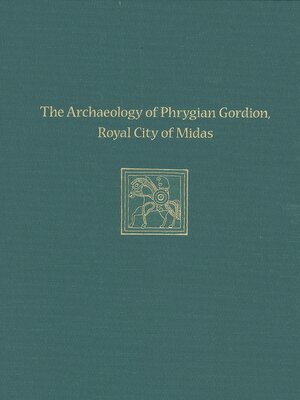The Archaeology of Phrygian Gordion, Royal City of Midas
ebook ∣ Gordion Special Studies 7 · Gordion Special Studies
By C. Brian Rose

Sign up to save your library
With an OverDrive account, you can save your favorite libraries for at-a-glance information about availability. Find out more about OverDrive accounts.
Find this title in Libby, the library reading app by OverDrive.



Search for a digital library with this title
Title found at these libraries:
| Library Name | Distance |
|---|---|
| Loading... |
Some of the most dramatic new discoveries in Asia Minor have been made at Gordion, the Phrygian capital that controlled much of central Asia Minor for close to two centuries. The most famous ruler of the kingdom was Midas, who regularly negotiated with Greeks in the west and Assyrians in the east during his reign. Excavations have been conducted at Gordion over the course of the last 60 years, all under the auspices of the University of Pennsylvania Museum of Archaeology and Anthropology. In spite of the economic and political importance of Gordion and the Phrygians, the site is consistently omitted from courses in Old World archaeology, primarily because Gordion lies too far to the west for many Near Eastern archaeologists, and too far to the east for classical archaeologists. Moreover, there is no book that offers a comprehensive and up-to-date assessment of the material culture of Gordion during the Phrygian period, a gap that will be filled by this volume. The chapters cover all aspects of Gordion's Phrygian settlement topography from the arrival of the Phrygians in the tenth century B.C. through the arrival of Alexander the Great in 333 B.C., focusing on the site's changing topography and the consistently fluctuating interaction between the inhabitants and the landscape. A reexamination of the material culture of Phrygian Gordion is particularly timely, given the dramatic recent changes in the site's chronology, wherein the dates of many discoveries have changed by as much as a century. The authors are among the leading experts in Near Eastern archaeology, historic preservation, paleobotany, and ancient furniture, and their articles highlight the interdisciplinary nature of the Gordion project. A significant component of the book is a new color phase plan of the site that succinctly presents the topography in diachronic perspective.







